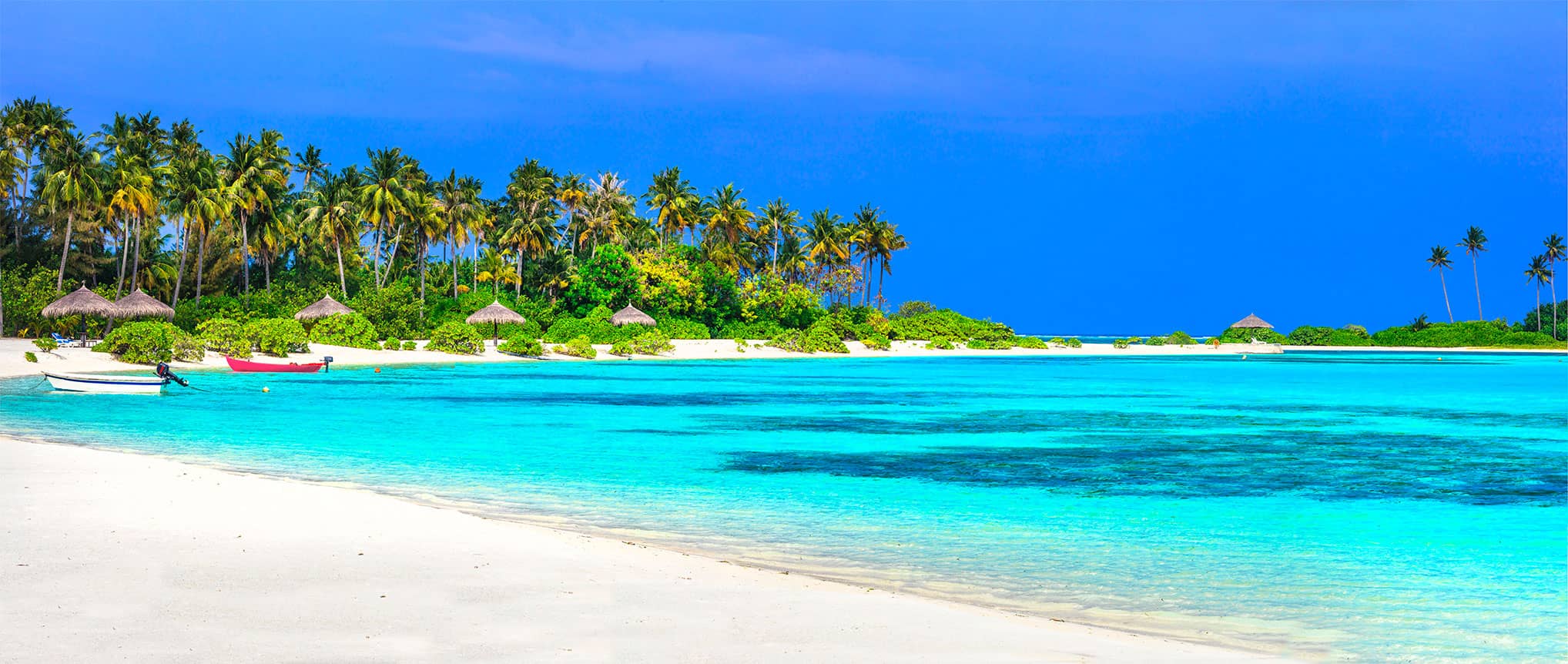The 10 BEST Things to Do in Barbados
Barbados is an island country located in the Lesser Antilles of the West Indies, in the Caribbean region of North America.
Barbados is only 13 degrees off of the equator and you can get sunburned very easily. For that reason make sure you apply often eco-friendly and reef-friendly sunscreen and keep your water intake high by drinking plenty of water.

The west coast holds numerous deluxe resorts, and it and the interior highlands have several historical sites with picturesque views.
World-class water sports including surfing at the Soup Bowl on the east coast and various breaks along the west when the swell is up. The south coast has great surf and a spot on the world windsurfing tour at Silver Sands.
Barbados has amazing conditions for Kitesurfing. The wind blows most of the year but the best months are January to July.
Barbados has some of the purest water in the world that can be drunk straight from the tap.
Barbados Snorkeling Cruise

Barbados is popular for its snorkeling opportunities, where you can uncover the rich underwater marine life year-round. and it is a great destination for travelers seeking new and exciting adventures.
A great way is to combine it snorkeling cruise which includes swim with sea turtles and snorkel over a shipwreck and reef.
Here you can explore an abundance of Sergeant majors, Bermuda chubs, Trumpetfish, Orange-spotted Filefish, Ballyhoo Fish and many more.
Barbados is an exciting destination for snorkeling enthusiasts where warm ocean waters make for ideal conditions for coral reefs.
Watch the Sunset
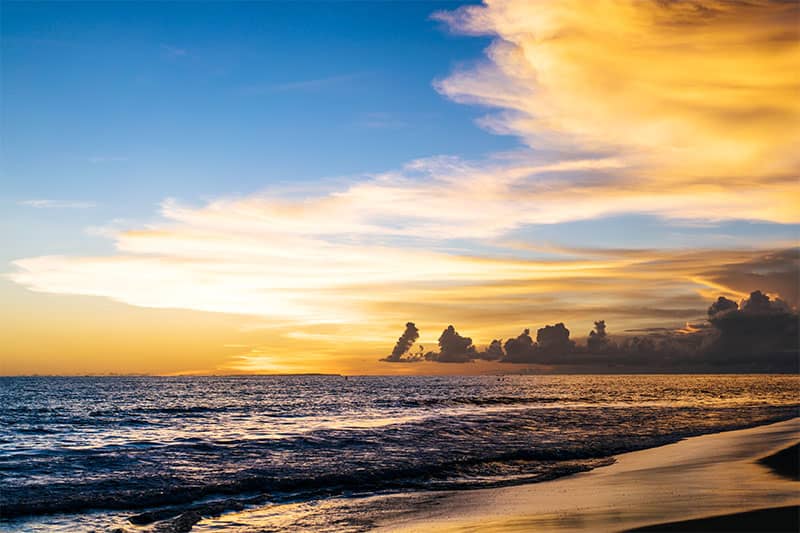
If you want to experience a spectacular Caribbean sunset Barbados beach is one of the best places.
A magical sight to behold is created from the majestic colors of the skies and reflections on the Caribbean sea and sands colors.
Barbados has some of the best beaches to watch the brilliant Caribbean sunset.
Some of the most popular beaches includes Miami Beach, Carlisle Bay, Brandons Beach and Batts Rock Beach.
A curious optical phenomenon that causes a green spot to appear as the sun sets, called the “green flash” can be observed .
Barbados Wildlife Reserve
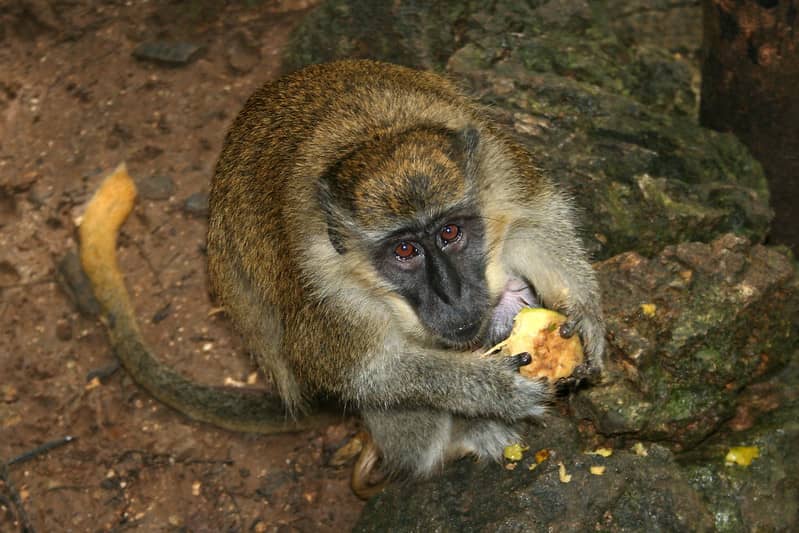
The Barbados Wildlife Reserve is located in the parish of Saint Peter, Barbados. The Wildlife Reserve is a fun place not just for people who love nature or history, but for the whole family.
The Reserve is located in the north of the island and covers an area of 4 acres of a mahogany forest near the top of Farley Hill, next to Grenade Hall Signal Station and Forest.
It is home to a variety of native species including deers, green monkeys, peacocks, colorful snakes, iguanas, turtles, tortoises, parrots, flamingos and so much more.
The wildlife reserve also keeps a variety of other animals, many of which roam the reserve freely without separation from visitors. These include red brockets, red-footed tortoises, Patagonian maras, Cuban rock iguanas, and numerous caged tropical birds.
It was established by Canadian primatologist Jean Baulu and his wife, Suzanne.
Crop Over
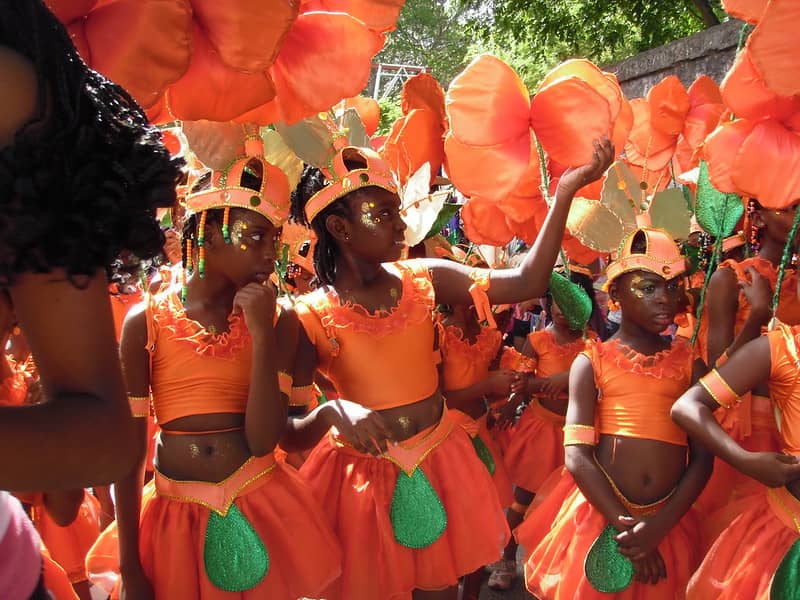
The high season for tourism, tends to be December through May. From July through November, you’ll find not only the popular Crop Over festival, but lower rates on hotels and resorts as well.
The Crop Over Festival is a 3 month-long festival of Barbadian music, arts, food, culture and so much more. Barbados ends the festivities with a grand carnival parade know as Kadooment Day.
Its origins can be traced back to the 1780’s, a time when Barbados was the world’s largest producer of sugar.
It still shares similarities with Carnival in Brazil and Trinidad. Many crop-over celebrations were organized and sponsored by planters, who used gifts of food and liquor.
Beginning in June, Crop Over now runs until the first Monday in August when it culminates in the finale. There are also craft markets, food tents and stalls, street parties and cavalcades every week supplemented by other daily events.
Harrison’s Cave

Another famous attraction in the heart of Barbados is the magnificent Harrison’s Cave. This crystallized, limestone cave is located in the central uplands of the island and is characterized by deep pools of crystal clear water, flowing streams, and towering columns.
The calcium-rich water that runs through the caves have formed the unusual stalactites and stalagmites formations.
Harrison’s Cave offers many tours but one of the most popular is an hour long journey by electric tram through the cave network, which stops at strategic points.
At one of the tram stops visitors can walk alongside a spectacular waterfall that plunges into a deep pool below.
A stop at Harrison’s Cave is included in most local tour companies as one of the most popular attractions in Barbados.
Snorkeling with Sea Turtles
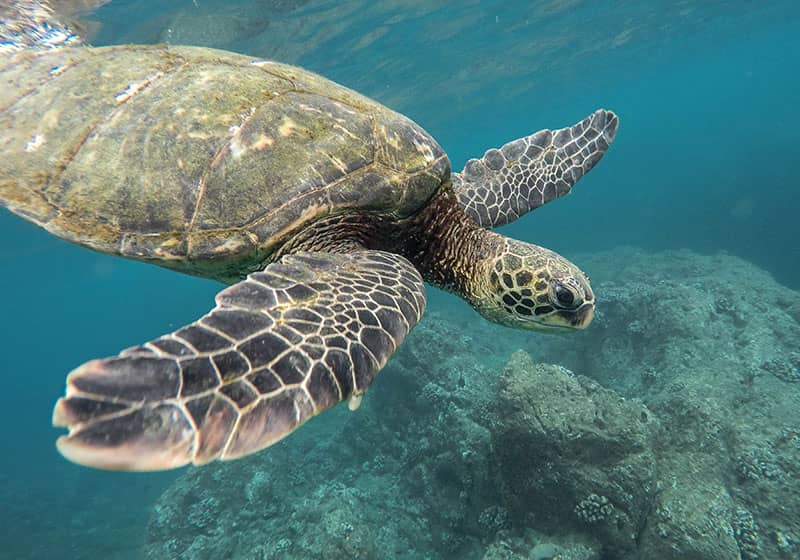
You can enjoy sea turtles, which live in the seas around Barbados where they can live happily alongside visitors but also need protection.
Barbados sea turtles that nest on the Platinum West Coast beaches are the most common species in the eastern Caribbean: the Hawksbill, the Green Turtle, and the Leatherback.
The Barbados Sea Turtle Project study all activities including turtles on the beach nesting, turtle tracks or a nest on the beach, disorientated hatchlings, hatchling tracks, exposed eggs in the sand, injured or dead turtles.
Hopefully you will have the chance to meet some sea turtles on your next visit to Barbados.
Turtles are sociable and they have become accustomed to humans so you can swim with them as they feed amongst the coral.
Barbados’ gardens

Almost the perfect weather has blessed the island with a plentiful array of lush flowering trees and shrubs and create amazing tropical gardens.
In Barbados, visitors can enjoy some of the island’s best private gardens, thanks to the local Horticultural Society that opens them for public viewing!
You are sure to be amazed by the array of tropical flowers that abound across the island!
Platinum Coast beaches

In the past, Barbados was covered with windmills and sugar plantations, but today is an ideal vacation destination for both laidback and luxury travelers.
Barbados is a coral island, with over 80 of the Best Beaches in the Caribbean, with at least 3000 hrs of sunshine recorded annually. Its white beaches in combination with palm trees and crystal clear turquoise waters, create the almost perfect climate. One of the greatest things about beaches in Barbados is that they are never overcrowded. Here you can also find not just purest white sand but also and pink.
Each coastline is very different from the next giving the island a variation of beaches to choose from. You can experience from the calm, warm waters of the west coast to the pounding, rugged surf of the east coast, so your days can be spent as relaxing or as action-filled as you choose.
Explore the Animal Flower Cave
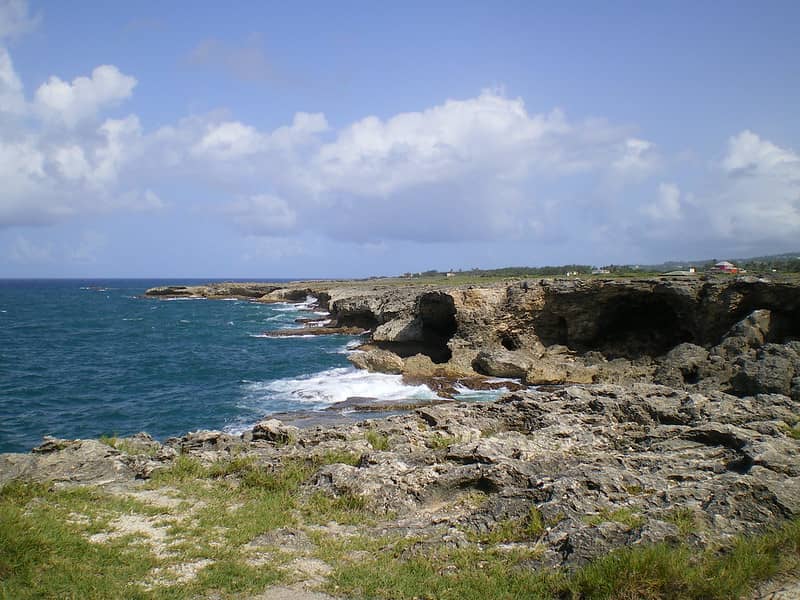
At the northern tip of Barbados, under the cliffs is located the Animal Flower Cave. The Cave holds interesting facts in local history, geology, and stunning sea activity. For all nature-loving visitors, this beautiful Sea-Cave is a ‘must-see’.
The cave’s history is little- known yet quite interesting, for, despite its remote location, it was the venue for weekend dances and socializing soon after the turn of the century. Artifacts from pasted days include the braces in the coral ceiling where the lanterns once hung.
The Animal flower Cave is the island’s lone accessible sea-cave and was discovered from the sea in 1780 by two English explorers. According to the German Geographical Institute, the cave’s coral floor is estimated to be 400000 to 500000 years old and the ‘younger’ coral section above the floor is about 126000 years old.
The cave now stands some six feet above the high tide mark even though it was formed at sea level. This is because Barbados is rising about one inch per 1000 years, which is yet another indication of the cave’s age.
On calm days you can swim in the natural rock pools in the cave or perhaps take a look at the stunning views of the Atlantic Ocean through the cave openings.
St Nicholas Abbey
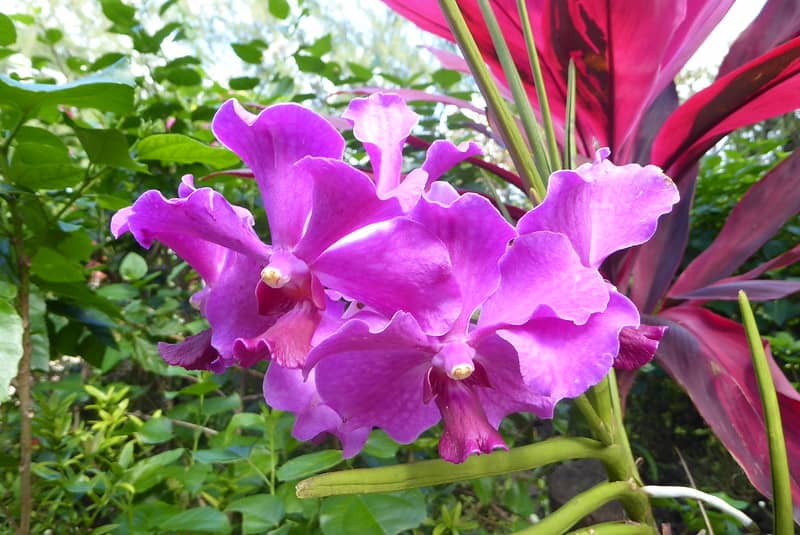
Located in Saint Peter, Barbados, St Nicholas Abbey is a plantation house, museum, and rum distillery. The exact origin of its name is not known.
After 1947, the abbey was no longer a functioning plantation. Currently, St Nicholas Abbey is a well-preserved museum, where visitors can get a complete feel of the 18th-century plantation life.
Available for viewing in the museum is a rare 1930s film of life on a sugar plantation. Listed by the Barbados Tourism Authority as one of the “Seven Wonders of Barbados, St Nicholas Abbey is attracting thousands of visitors each year.
Have you had the chance to visit Barbados? We’d love to hear about your experience and see your photos.

